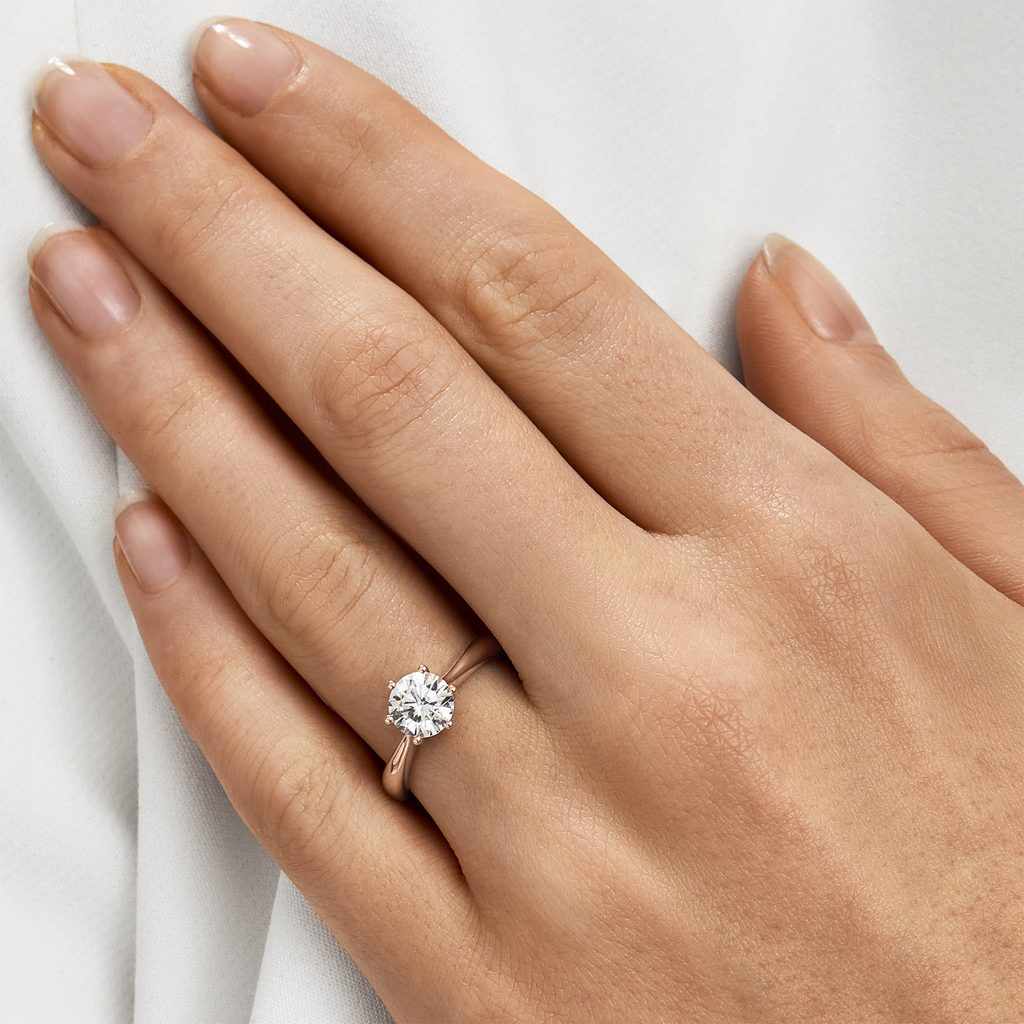
In recent years, lab grown diamond wedding band have emerged as a popular alternative to traditional mined diamonds. But what exactly are they, and why are so many couples opting for them in their engagement rings?
Understanding Lab-Grown Diamonds
Definition and Formation Process
Lab-grown diamonds, also known as synthetic or cultured diamonds, are created in controlled laboratory environments using two primary methods: High Pressure High Temperature (HPHT) and Chemical Vapor Deposition (CVD). These processes mimic the natural conditions under which diamonds form in the Earth's mantle, resulting in stones that are chemically and physically identical to their mined counterparts.
Differences Between Lab-Grown and Natural Diamonds
While both lab-grown and natural diamonds share the same carbon structure, the key difference lies in their origin. Natural diamonds take billions of years to form deep within the Earth, whereas lab-grown diamonds are produced within weeks in a lab setting. This distinction often leads to differences in perception and value.
Benefits of Lab-Grown Diamond Engagement Rings
Ethical Sourcing
One of the primary advantages of lab-grown diamonds is their ethical sourcing. Traditional diamond mining has been associated with human rights abuses and environmental degradation. In contrast, lab-grown diamonds are produced in controlled environments, ensuring fair labor practices and minimal environmental impact.
Environmental Sustainability
Lab-grown diamonds typically have a lower environmental footprint compared to mined diamonds. The controlled production process reduces the need for extensive mining operations, which can lead to habitat destruction and pollution.
Cost-Effectiveness
lab grown diamond band are generally more affordable than natural diamonds of similar size and quality. This cost savings allows couples to choose larger or higher-quality stones within their budget.
Quality and Appearance
Lab-grown diamonds exhibit the same brilliance and clarity as natural diamonds. Advances in technology have enabled the production of lab-grown diamonds with fewer inclusions and better color, making them virtually indistinguishable from mined diamonds to the naked eye.
Lab-Grown Diamond Wedding Bands
Why Choose a Lab-Grown Diamond Band?
Opting for a lab-grown diamond wedding band offers the same ethical, environmental, and financial benefits as engagement rings. Additionally, lab-grown diamonds can be produced in various colors and sizes, allowing for personalized and unique wedding band designs.
Advantages of Lab-Grown Wedding Bands
Customization: Lab-grown diamonds offer greater flexibility in design, enabling couples to create unique and personalized wedding bands.
Affordability: The cost savings associated with lab-grown diamonds extend to wedding bands, allowing couples to allocate their budget to other aspects of their wedding.
Ethical Considerations: Choosing a lab-grown diamond wedding band aligns with ethical and sustainable values, ensuring that the symbol of your commitment is both beautiful and responsible.
Considerations Before Purchasing
Resale Value
It's important to note that lab-grown diamonds may not retain their value as well as natural diamonds. The market for second-hand lab-grown diamonds is still developing, and resale options may be limited.
Perceived Value and Societal Perceptions
Despite their identical appearance, lab-grown diamonds may not carry the same perceived value as natural diamonds. Some individuals may view them as less authentic due to their synthetic origin.
Availability of Designs and Customization
While lab-grown diamonds offer a wide range of design possibilities, availability may vary depending on the retailer. It's advisable to explore different options to find the perfect design that suits your preferences.
Top Retailers for Lab-Grown Diamond Rings
Several reputable retailers specialize in lab-grown diamond engagement rings and wedding bands. When choosing a retailer, consider factors such as certification, customer reviews, and customization options.
Conclusion
Lab Grown diamond Engagement Rings and wedding bands offer a compelling combination of beauty, ethics, and affordability. By understanding the benefits and considerations associated with lab-grown diamonds, couples can make informed decisions that align with their values and preferences.
FAQs
1. Are lab-grown diamonds real diamonds?
Yes, lab-grown diamonds are real diamonds. They have the same physical and chemical properties as natural diamonds.
2. Do lab-grown diamonds look different from natural diamonds?
No, lab-grown diamonds are virtually indistinguishable from natural diamonds to the naked eye.
3. Are lab-grown diamonds more affordable than natural diamonds?
Yes, lab-grown diamonds are generally 20-40% less expensive than natural diamonds of similar size and quality.
4. Do lab-grown diamonds have a lower resale value?
Yes, lab-grown diamonds may not retain their value as well as natural diamonds, and resale options may be limited.
5. Are lab-grown diamonds environmentally friendly?
Lab-grown diamonds typically have a lower environmental impact compared to mined diamonds, as they do not require extensive mining operations.
Write a comment ...